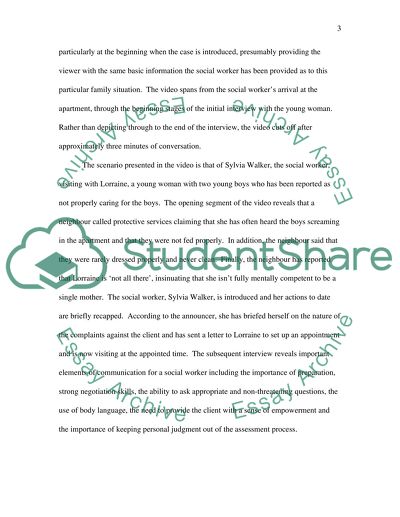Cite this document
(Communication in Social Work Assignment Example | Topics and Well Written Essays - 2500 words, n.d.)
Communication in Social Work Assignment Example | Topics and Well Written Essays - 2500 words. Retrieved from https://studentshare.org/social-science/1544039-communication-in-social-work
Communication in Social Work Assignment Example | Topics and Well Written Essays - 2500 words. Retrieved from https://studentshare.org/social-science/1544039-communication-in-social-work
(Communication in Social Work Assignment Example | Topics and Well Written Essays - 2500 Words)
Communication in Social Work Assignment Example | Topics and Well Written Essays - 2500 Words. https://studentshare.org/social-science/1544039-communication-in-social-work.
Communication in Social Work Assignment Example | Topics and Well Written Essays - 2500 Words. https://studentshare.org/social-science/1544039-communication-in-social-work.
“Communication in Social Work Assignment Example | Topics and Well Written Essays - 2500 Words”. https://studentshare.org/social-science/1544039-communication-in-social-work.


